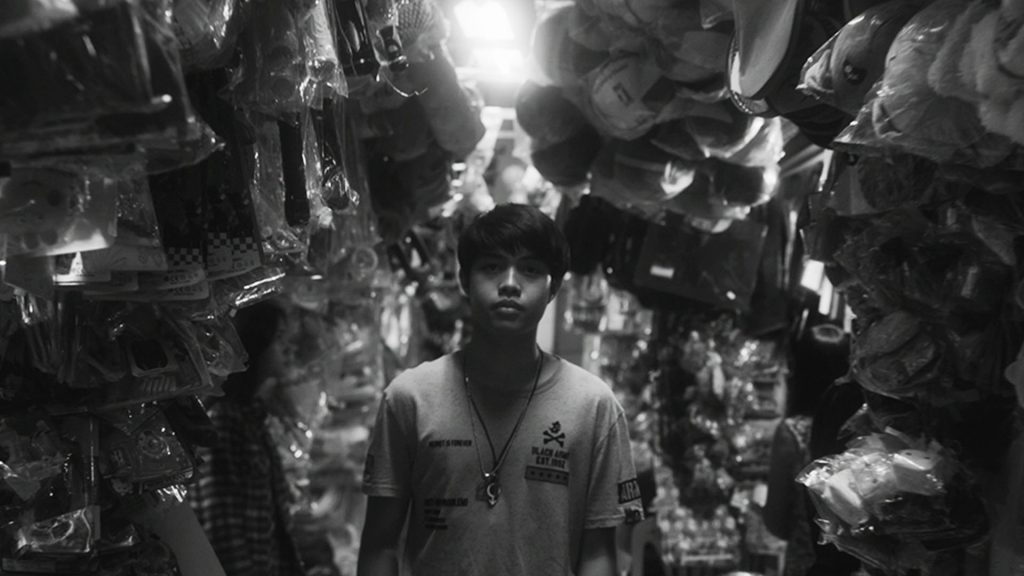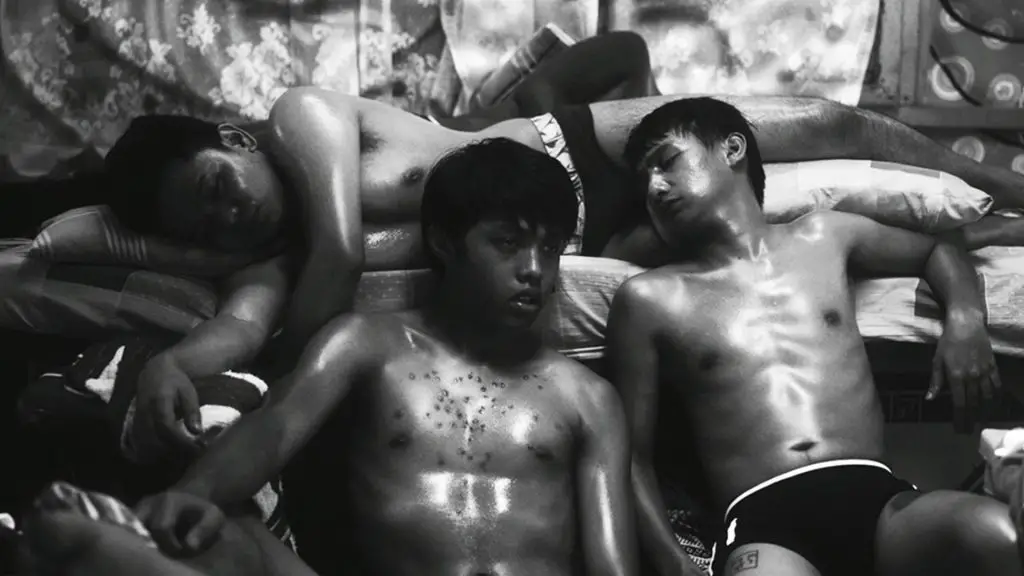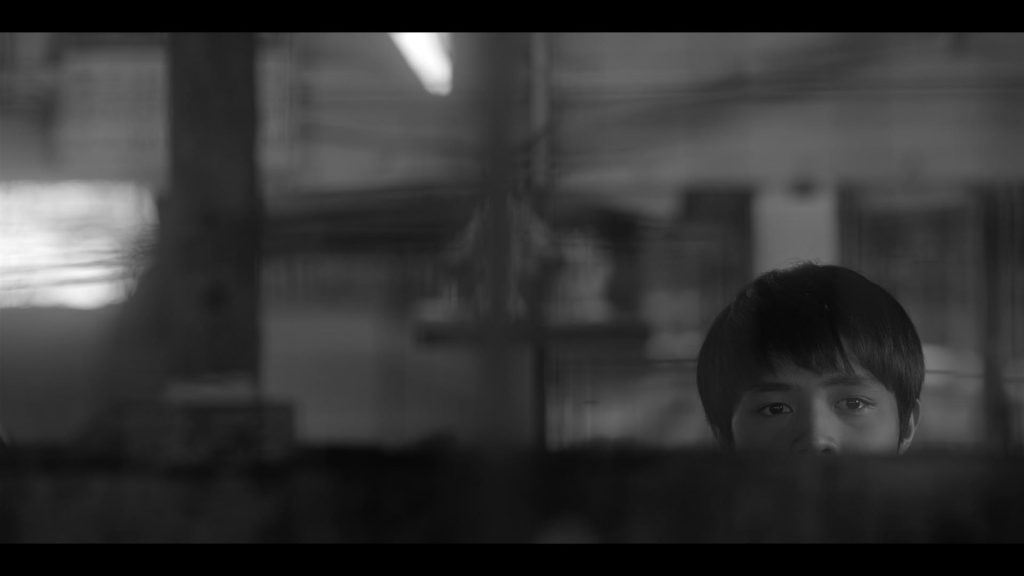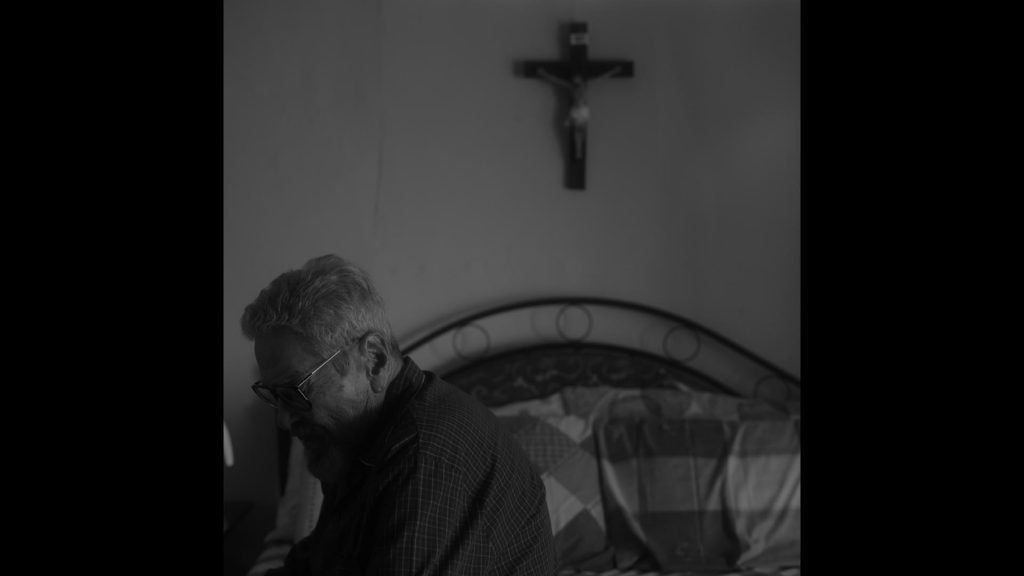Kalel, 15
Director: Jun Lana
Written by: Jun Lana
Year: 2019
Country: The Philippines
Review by guest author Richelle Vergara
Winner of the Best Director Award at Tallinn Black Nights Film Festival, Filipino filmmaker Jun Robles Lana’s Kalel, 15 is haunting and powerful.
The film addresses the rising HIV epidemic happening in the Philippines through the lens of 15-year-old, Kalel Fernandez (Elijah Canlas). His already-shaky life comes crumbling down when he is diagnosed with HIV and is subsequently thrust into the harsh realities of life.

In the opening sequence of the film where Kalel finds out about his condition, the scene alone can painstakingly encapsulate the film’s overarching themes of tension, secrecy, and discomfort.
Set in a nondescript hallway of a clinic, conversations are muffled and are accompanied by an eerie and discomforting sound in the backdrop. We see Kalel and his mother (Jaclyn Jose) receiving news about his condition from the doctor. However, the lack of clarity in the scene coupled with the fact that Kalel’s parents, nor the audience, find out how he contracted the disease is what makes all the difference in this film. By establishing that Kalel has HIV right away, Lana shifts the attention away from the cause of the disease to the more alarming effects and repercussions it has on him as a young individual.
Nevertheless, Lana refrains from making Kalel completely vulnerable or moral to get sympathy from the audience. Kalel smokes, takes drugs, and participates in unprotected sex. And while it is tempting to blame his lifestyle (as well as his family members for that matter) for his predicament, to see the film with simplistic eyes would be doing it a disservice to the multi-layered narrative it presents.

Rather, the film exposes how the Philippines as a society, is vastly unprepared and unwilling to provide proper support to those infected by the disease, and as a consequence, fails people like Kalel. In addition to the lack of support from his family members and friends, the institutions prove themselves to be equally unreliable. The nuns at his Catholic school show no compassion to the young teenager but are more concerned if he has infected other students. The local doctor does nothing but offer ointment for the growing rashes that are growing on Kalel’s body. No sign of antiretroviral therapy is provided for him.
The film ends rather abruptly with no apparent resolve for Kalel and no message of hope. Contrary to the superhero with the same name, our version of Kalel does not defeat the bad guys, saves the day nor gets the girl.
However, the film does serve as a platform to raise awareness of a very disturbing phenomenon. In its closing credits, Kalel, 15 addresses how the Philippines has the fastest-growing HIV epidemic in the Asia-Pacific region with the number of new infections among young people rising by 170 percent.
Overall, the film is most concerned with stressing the need to not neglect victims like Kalel. Supported by the stellar cinematography and performances, Kalel, 15’s message is received loud and clear.

Jose was exasperating as the errant mother Edith and Espano were natural in her delivery as the reckless older sister. A special mention goes to Canlas’ performance as Kalel. He carried the film from start to end with a performance that was compelling and bold. There were no grandiose displays of emoting, nor was there a need for it. Canlas was able to portray the anxieties and frustrations of the misunderstood character with his subtle gestures, expressive eyes, and piercing silence.
Working with Carlo Carlas Mendoza as the director of photography, the pair was able to illustrate the various layers of the film and the complexities of the narrative. The refined and poetic shots contrast its sordid narrative highlighting the duplicity of the society. The monochrome images are fitting for the contemporary and gloomy drama and goes well with its frank storytelling, almost as if it were a documentary. Its matter-of-fact portrayal demands attention without the need to sensationalise the topic. The slow pacing of the film and the use of an unusual square frame in the middle of the film allows the audience to vicariously experience the growing suffocation and frustration that Kalel is feeling.

Kalel, 15 is definitely not an easy watch. Although not the first film to tackle HIV, the film also addresses other issues: the stigma surrounding HIV, the hypocrisy of society, drug abuse, the antipathy of religion, and the lack of institutional support.
Whilst more could have been done to build up the relationships between Kalel and his family members, the film is still a wonderful example of storytelling in its simplest yet most direct forms. Undoubtedly, the film’s greatest strength is how it can so effectively and poignantly put across the pain and despair felt by countless individuals who find themselves in Kalel’s shoes.
- Young Adult Matters - November 7, 2021
- ‘Kalel, 15’ Is A Poignant Take On The rising HIV crisis in the Philippines - November 1, 2021
- The Eleventh Chapter: All The World’s A Stage - October 31, 2021
